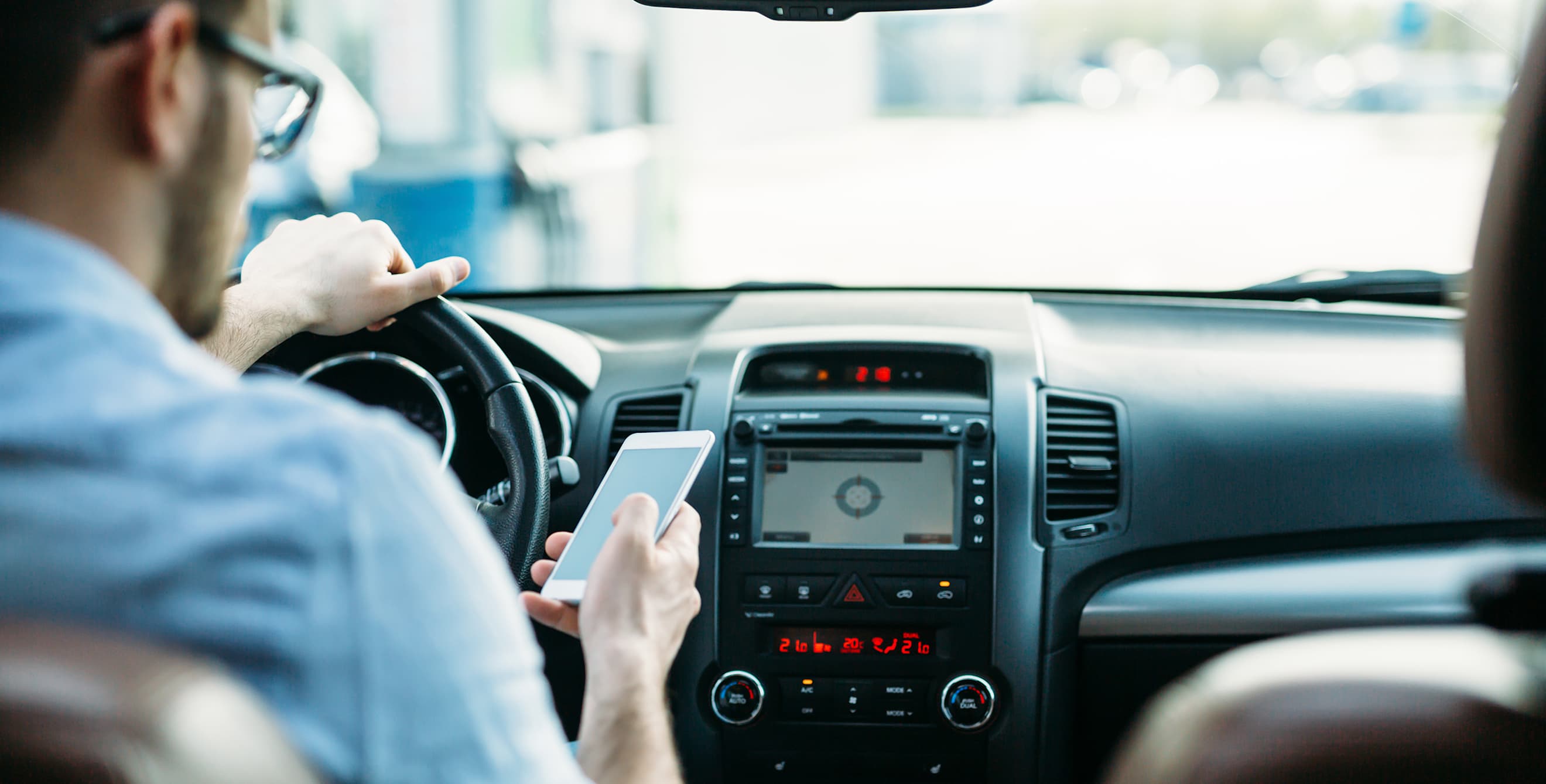
Bad Driving Habits Are Hard to Break
AAA research shows drivers admit to dangerous actions on the road—even after they've been in a collision.

The AAA Foundation for Traffic Safety’s latest research finds that drivers who have been in at least one crash in the past two years are significantly more likely to engage in risky behaviors such as speeding or texting, even when they think police may catch them.
“The frequency of drivers in the United States engaging in improper behavior is too high. While drivers acknowledge that certain activities behind the wheel—like texting—are dangerous, some do them anyway,” said Dr. David Yang, Executive Director of the AAA Foundation for Traffic Safety. “We need to be aware of the serious consequences of engaging in dangerous driving behavior and change course.”
The Foundation’s annual Traffic Safety Culture Index, which highlights the gap between drivers’ attitudes and their reported actions, found that drivers perceive distracted, aggressive, and impaired driving as dangerous. Yet many admit to engaging in at least one of these behaviors. The numbers were even higher for those involved in a recent crash:
- 50 percent of those in a recent crash admit to talking on a hand-held device while driving in the past month, compared to 42 percent of those not involved in a collision;
- 43 percent of those in a recent crash admit to texting while driving in the past month, versus 27 percent of those not in a crash;
- 39 percent of those in a recent crash admit to running a red light in the past month, as opposed to 30 percent of drivers who had not been in a crash.
According to this data, people are not altering their behavior even when it has resulted in a crash. Of all dangerous driving tasks, 96 percent of drivers dubbed driving when so tired it was hard to keep eyes open and driving while typing or sending a text message or an email as extremely or very dangerous.
Yet these same drivers text when they're behind the wheel—even when they believe they may be stopped by police.
It’s not all bad news. Compared with 2018 findings, drivers reported engaging in some dangerous behaviors less frequently. People who talked on hand-held phones while driving saw the most significant decrease, down from 52 percent to 43 percent, while drowsy driving and texting both fell by three percentage points.
Tips for Staying Safe While Driving
- Stow your smartphone. Turn it to airplane mode, or activate call/text blocking features like Apple’s Do Not Disturb.
- Slow down. Drivers overestimate time saved by speeding. Driving at 75 mph instead of 70 mph saves you only five minutes over the course of a 100 mile trip. Speed kills and isn’t worth the cost.
- Stay alert. Stop driving if you’re sleepy. Fatigue impacts reaction time, judgment, and vision. People who are very tired behave in similar ways to those who are drunk.
- Only drive sober. If you consume marijuana, alcohol, or use potentially impairing prescription medications, don’t drive. If you are taking prescription medications, talk to your pharmacist or doctor to learn if they can impair driving.
- Always wear your seat belt.
Exceptional coverage. Expert service. Extra savings. AAA Auto, Home, and Life Insurance.